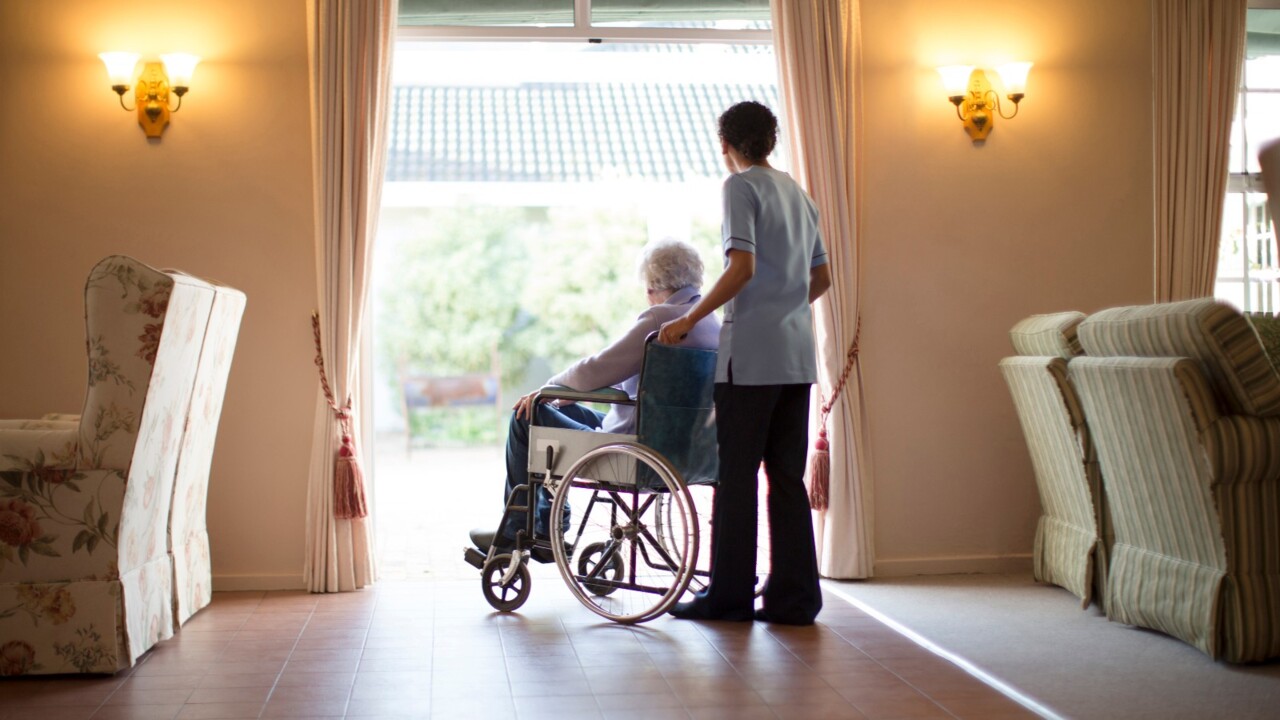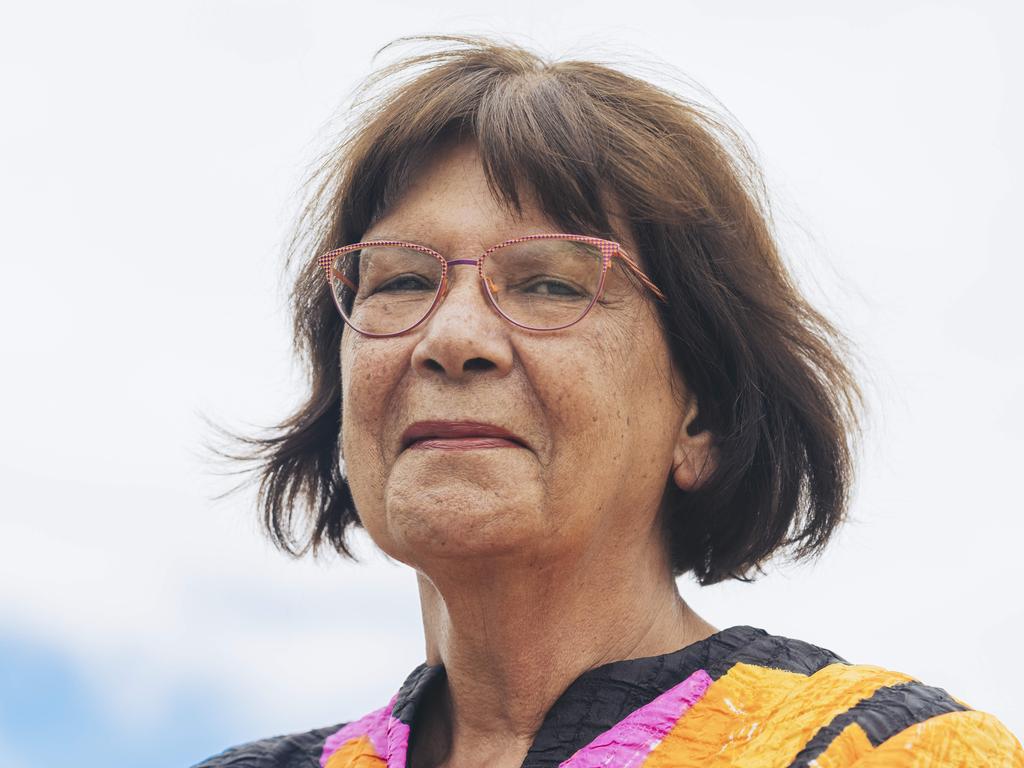Indigenous men makes 10 year leap in life expectancy but a ‘hell of a way to go’ to close the health gap
Life expectancy for Indigenous men in the NT has increased by almost a decade – and by close to five years for women – in 20 years, but it will take 60 years to close the gap.

Life expectancy for Indigenous men in the Northern Territory has increased by almost a decade and by close to five years for women in 20 years, though experts warn that it will take another 60 years to close the chasm with non-Indigenous health outcomes.
The average lifespan for Indigenous men has advanced from 56.6 years to 65.6 years and increased by 64.8 to 69.7 years for Indigenous women between 1999 and 2018, researchers at the NT Department of Health have found.
The increase in Aboriginal and Torres Strait Islander lifespan also outpaced the gains made in non-Indigenous Australians in the same period, which increased from 77.4 to 81.0 years for men and 84.3 to 85.1 years for women.
While health experts have welcomed the boost to lifespan, many said it only highlighted the nation’s stalled progress in reaching the Closing the Gap targets for Indigenous health and life expectancy by 2030.

The figures – pulled from federal government death records – found the increase in male life expectancy was linked to a 23 per cent decline in cancer deaths, a drop of 18 per cent in unintentional injuries and 17 per cent fall in cardiovascular disease. For Indigenous women, the primary drivers were a 24 per cent decline in deaths to cancer, 17 per cent fall in intentional injuries and 14 per cent decrease in kidney disease.
NT Department of Health and Families principal health economist and co-author of the paper Yueyen Zhao said the study was the first to compare the life expectancies in both Indigenous and non-Indigenous populations and the different causes of death.
“During 1999 to 2018, the difference in life expectancy between Indigenous and non-Indigenous people declined by 26 per cent for men, from 20.8 to 15.4 years, and 21 per cent for women, from 19.5 to 15.4 years,” he said.
Close the Gap campaign founder and Tackling Indigenous Smoking national co-ordinator Tom Calma said that any improvement was welcome and it was primarily driven by the increase in health services.
“Having increased access to greater services through Medicare including the 715, a comprehensive health check for Aboriginal and Torres Strait Islander people … greater referrals to quit lines and some of these infrastructure issues in getting more people accessing Aboriginal clinics (have been the main driver),” he said. “We also have the Mums and Bubs program raising the life expectancy of infant mortality.”

Flinders University Aboriginal and Torres Strait Islander men’s health expert Kootsy Canuto – who is a Wagadagam man from the Torres Strait Islands who was raised on Yidinji land in Cairns – said that there was a “hell of a long way” to go yet. “For Aboriginal and Torres Strait Islander men in the Northern Territory, a life expectancy of 65.6 years is still 15.4 years behind non-Indigenous men,” he said.
“Imagine reaching retirement age of 65 years and having 0.6 of a year to enjoy it – this is not the time to break out the bubbly and celebrate, in fact, these statistics highlight just how far behind Aboriginal and Torres Strait Islander men have been and continue to be in the NT.”
University of NSW Centre for Big Data Research expert Kalinda Griffiths, who conducted a review of the study, said that it would take 60 years to reach the Closing the Gap targets at the current pace.
“I’ve been sitting at the same table for 25 years saying the same thing and not much realistically has changed in that time – it’s not really a surprise,” she said.
Indigenous Australians Minister Linda Burney said that the figures only demonstrated how far “we still have to go”.







To join the conversation, please log in. Don't have an account? Register
Join the conversation, you are commenting as Logout